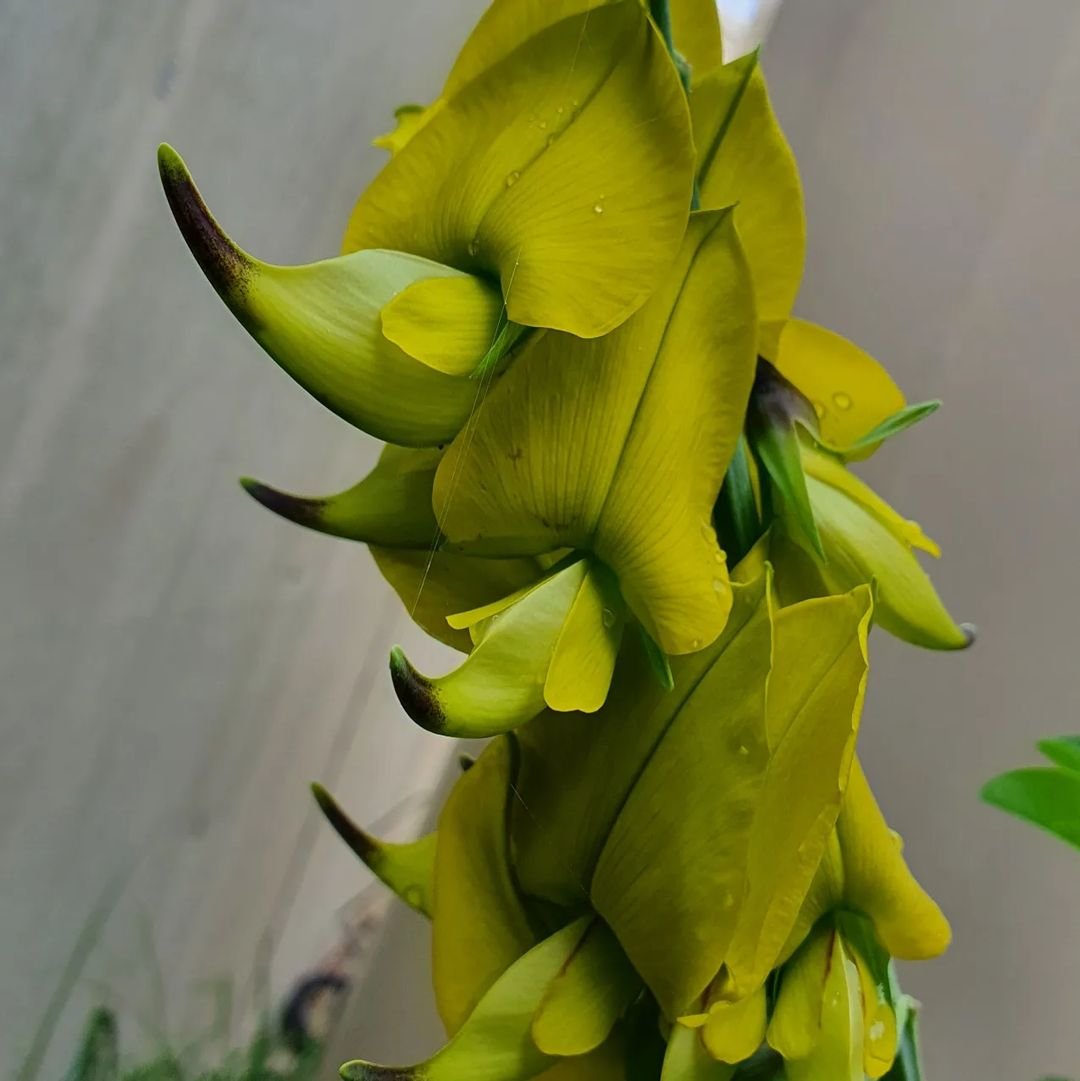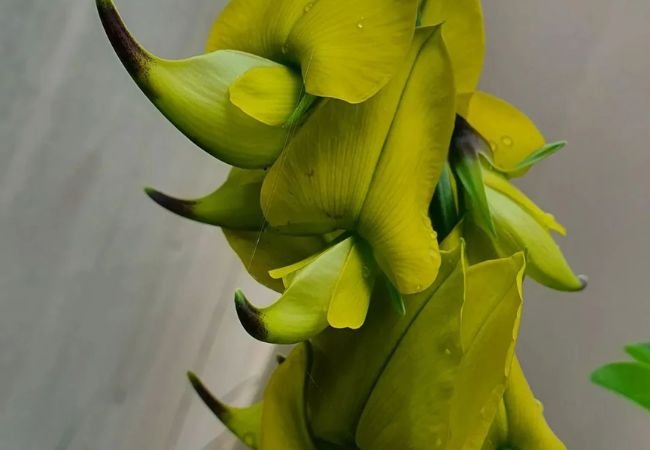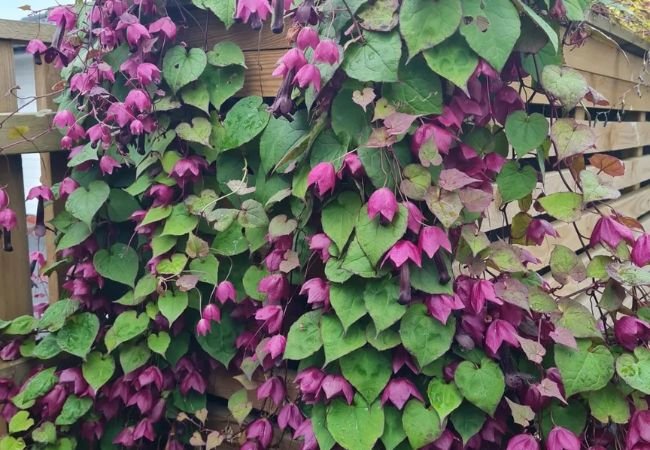Explore the fascinating Crotalaria flower, known for its unique rattling seed pods. Learn about growing this intriguing plant and its benefits for your garden.
Hey there, plant pals! Today we’re diving into the world of Crotalaria, a flower that’s got a fun little secret. Stick around, and I’ll spill the beans on this cool plant!
Here’s the information chart for the Crotalaria flower:
| Aspect | Details |
|---|---|
| Botanical Name | Crotalaria spp. |
| Common Name | Rattlebox, Rattlepod |
| Plant Zone | Zones 8-11 (USDA) |
| Sun Exposure | Full sun |
| Soil Type | Well-draining, sandy or loamy soil |
| Watering | Low to moderate, drought-tolerant |
| Growth Habit | Upright, bushy or sprawling annual or perennial |
| Height/Spread | 1-6 feet tall, 1-3 feet wide |
| Special Features | Bright yellow flowers, some species have seed pods that rattle when shaken, nitrogen-fixing, attracts pollinators, blooms in late spring to summer, some species are toxic to livestock |
What’s the Buzz About Crotalaria?

Crotalaria, also known as rattlepod or rattlebox, is a group of plants that’s got quite the personality. They’re part of the legume family, which means they’re cousins to peas and beans. But what makes these guys special is the sound they make – shake a mature seed pod, and you’ll hear why they got their nickname!
Spotting Crotalaria in the Wild
- Flowers: Usually yellow, sometimes blue or purple, shaped like little pea flowers
- Leaves: Typically oval or lance-shaped, often in groups of three
- Pods: The star of the show – inflated seed pods that rattle when dry
- Size: Depends on the species, but many are shrub-sized
The USDA Plants Database has a ton of info if you want to geek out on the different species.
Growing Your Own Rattle Garden
Thinking of adding some Crotalaria to your yard? Here’s the lowdown:
- Sun: These guys love basking in full sun
- Soil: Well-draining soil is their jam
- Water: They’re pretty drought-tolerant once established
- Climate: Most species prefer warm climates, but some can handle a bit of cold
For more on native plantings, check out this guide from the U.S. Forest Service.
Where to Show Off Your Crotalaria
These plants can be great for:
- Butterfly gardens
- Natural areas
- As background plants in mixed borders
- Some species work for erosion control
Why Crotalaria is Cool
- Nitrogen fixers: Like other legumes, they can improve soil quality
- Wildlife friendly: Birds and butterflies love them
- Unique garden addition: That rattling sound is a great conversation starter!
- Some species are used for green manure or cover crops
Check out this University of Florida page for more on using Crotalaria as a cover crop.
Watch Out For…
Now, I gotta give you a heads up:
- Some Crotalaria species can be invasive in certain areas
- Parts of some species can be toxic to livestock
- They can spread easily, so keep an eye on them
Always check with your local extension office before planting to make sure you’re choosing a suitable species for your area.
Fun Crotalaria Facts
- The name Crotalaria comes from the Greek word for “castanet” – because of that rattle!
- Some cultures use the rattling pods in traditional musical instruments
- There are over 600 species of Crotalaria worldwide
Wrapping It Up
So there you have it, folks! Crotalaria is like the percussion section of the plant world – adding a little rhythm to your garden. They’re tough, they’re unique, and they’ve got a sound all their own. Whether you’re looking to improve your soil, attract wildlife, or just add something different to your yard, Crotalaria might be worth a shot.
Remember, gardening is all about trying new things and having fun. So why not shake things up a bit with some rattlepods? Happy planting, and may your garden always have a good beat!
For more gardening tips and plant care guides, visit usagardenhub.com.






One comment on “Crotalaria : The Rattling Bloom”